Can a Bad Battery Cause O2 Sensor Code – Find Out Now!
In my experience, a failing battery once triggered confusing O2 sensor error codes in my vehicle. I discovered that the battery was unstable, causing incorrect sensor readings and activating the check engine light.
After replacing the battery, the errors cleared up, highlighting how crucial a stable battery is for accurate O2 sensor performance and overall vehicle health
Introduction:
Understanding the O2 Sensor: Function and Importance
The oxygen (O2) sensor is an indispensable component in your vehicle’s engine management system, integral to both performance and efficiency.
Positioned within the exhaust system, the O2 sensor measures the concentration of oxygen in the exhaust gases emanating from the engine.
This measurement is crucial because it provides real-time data to the engine control unit (ECU), which uses this information to regulate the air-fuel mixture.
A well-calibrated O2 sensor ensures that the engine achieves optimal combustion, thereby enhancing fuel efficiency, reducing harmful emissions, and maintaining overall engine health.
Without the precise readings provided by the O2 sensor, the engine may experience diminished performance, increased fuel consumption, and heightened emissions.
How the O2 Sensor Contributes to Optimal Engine Performance:
The O2 sensor’s primary role is to facilitate a perfect balance between air and fuel, which is essential for complete combustion in the engine’s cylinders.
By sending continuous feedback to the ECU, it helps adjust the fuel mixture to ensure that the engine operates at its most efficient.
This balance not only maximizes power output but also minimizes the emission of pollutants such as carbon monoxide and hydrocarbons.
As a result, a properly functioning O2 sensor is fundamental for achieving smooth engine operation, superior fuel economy, and adherence to emission regulations.
The Impact of O2 Sensor Codes on Vehicle Diagnostics:
When the O2 sensor detects anomalies in the exhaust gases or its own performance, it triggers an error code that is recorded in the vehicle’s ECU.
This code often manifests as a warning light on your dashboard, commonly referred to as the “check engine” light. These codes can range from minor, which may not immediately affect vehicle performance, to critical, indicating serious engine management issues.
Addressing these codes promptly is essential to prevent potential damage, ensure efficient operation, and maintain the vehicle’s performance and safety standards.
Also Read: Can I Run 2 Amps Off a Single Car Battery – The Truth Revealed!
The Connection Between a Bad Battery and O2 Sensor Codes:
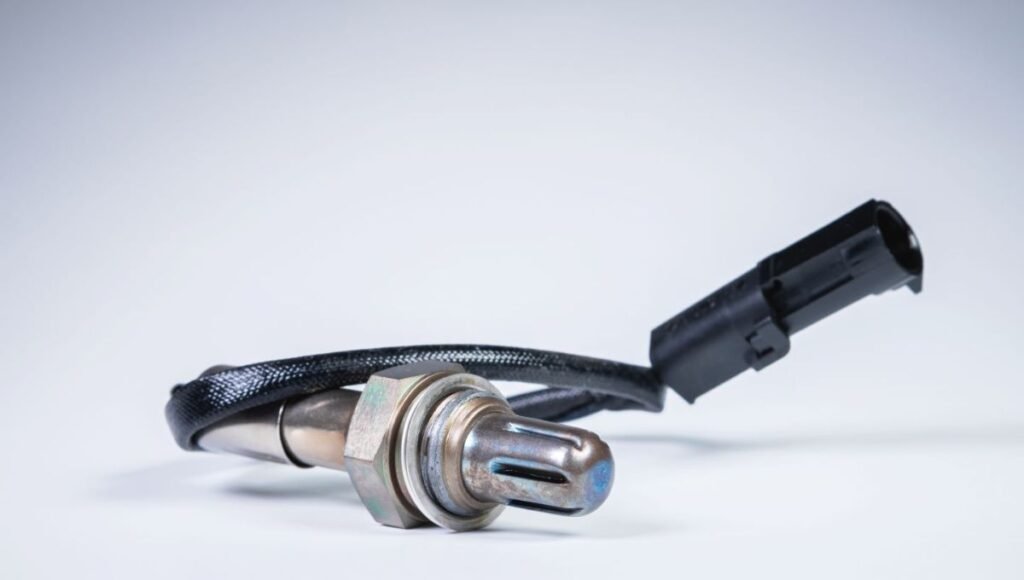
How Battery Health Affects Vehicle Electronics:
A vehicle’s battery is fundamental to the operation of its electrical systems, which include the engine’s sensors, control units, and various other components.
A battery that is failing or unable to provide a stable and consistent power supply can disrupt the normal functioning of these electronic systems.
Since the O2 sensor requires a steady voltage to perform accurately, any fluctuations or drops in battery power can lead to erroneous sensor readings and subsequent error codes.
The Role of Stable Voltage in Accurate Sensor Readings:
Sensors, including the O2 sensor, are highly sensitive to changes in voltage. They rely on a stable and consistent power supply to deliver accurate data.
A battery that is weak or unstable can result in voltage fluctuations, which in turn may cause the O2 sensor to produce incorrect readings.
This disruption not only affects the accuracy of the air-fuel mixture adjustments but also may lead to inefficient engine operation and the illumination of the check engine light.
Can a Failing Battery Trigger O2 Sensor Error Codes?
Indeed, a failing battery can trigger error codes related to the O2 sensor. If the battery is unable to maintain a consistent voltage, the O2 sensor may not function correctly, leading to inaccurate data being sent to the ECU.
This can cause the ECU to generate error codes associated with the O2 sensor, despite the sensor itself being in good condition.
Therefore, when diagnosing O2 sensor problems, it is crucial to consider the battery’s health as a potential contributing factor.
Common Symptoms of a Bad Battery Affecting the O2 Sensor:
Identifying Signs of Battery Issues in Your Vehicle:
Several symptoms may indicate a failing battery, which can also impact the O2 sensor. Difficulty starting the engine, dimming headlights, and erratic electrical behavior are common signs of battery trouble.
If these symptoms are present, they might suggest that the battery is not providing stable power to the vehicle’s electronics, including the O2 sensor.
Regular observation of these indicators can help in identifying battery problems early and preventing further issues.
How Battery Problems Can Influence Sensor Performance:
When a battery exhibits problems, such as intermittent power supply or voltage drops, it can significantly affect the performance of the O2 sensor.
Fluctuations in battery voltage may lead to inconsistent sensor readings, delayed responses, or erroneous data. This can manifest as poor engine performance, increased fuel consumption, or an unexpected activation of the check engine light.
O2 Sensor Error Codes: Battery vs. Sensor Malfunctions
Differentiating between error codes caused by battery issues and those stemming from a malfunctioning O2 sensor can be challenging.
Battery-related issues typically cause erratic sensor performance and voltage-related error codes, while sensor-specific problems might involve physical defects or wiring issues.
Accurate diagnosis is essential to identify whether the root cause of the error codes is related to the battery or the sensor itself.
Also Read: Does Leaving USB Plugged in Car Drain Battery – Here’s
Diagnosing O2 Sensor Codes and Battery Issues:
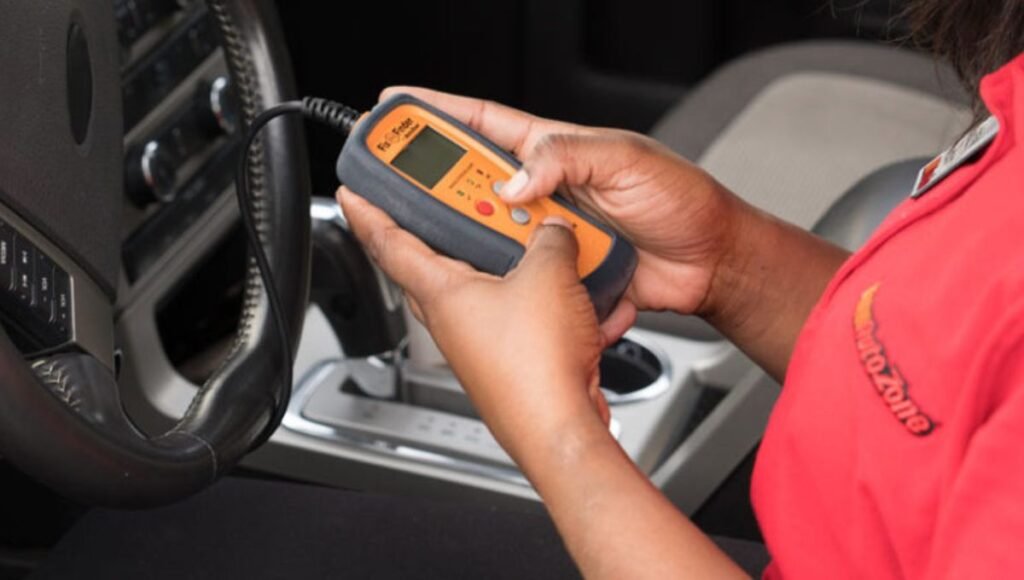
Tools and Techniques for Checking O2 Sensor Codes:
To diagnose issues with the O2 sensor, an OBD-II scanner is employed to read the diagnostic trouble codes stored in the ECU. These codes provide detailed information about the sensor’s performance and any problems detected.
Additionally, using a multimeter to measure the voltage supplied to the O2 sensor can help ensure that it is within the recommended range and operating correctly.
How to Test Battery Health and Its Effect on Sensors:
Testing the health of the battery involves using a battery tester to assess its charge level and cranking power. A multimeter can also be used to measure the battery voltage while the engine is running to detect any fluctuations.
Ensuring that the voltage remains stable and within the vehicle’s specifications is crucial for maintaining optimal sensor performance and preventing related issues.
Interpreting Diagnostic Trouble Codes: Battery vs. Sensor Issues:
Diagnostic trouble codes can provide clues about whether the issue is with the battery or the O2 sensor. Codes indicating voltage problems may suggest battery issues, while codes related specifically to sensor performance usually point to faults within the O2 sensor itself.
Understanding these codes is vital for effective troubleshooting and ensuring that the correct issue is addressed.
Preventive Measures and Battery Maintenance:
Tips for Maintaining a Healthy Car Battery:
Proper maintenance of your car battery involves regular checks for corrosion on the terminals, ensuring that the battery is securely mounted, and testing its charge level periodically.
Maintaining the battery in good condition helps ensure a stable power supply, which is essential for the proper functioning of the O2 sensor and other electronic components in the vehicle.
How Regular Battery Checks Can Prevent O2 Sensor Problems:
Routine checks of the battery can help prevent issues that might affect the O2 sensor. By ensuring that the battery is functioning properly and providing consistent voltage, you can avoid disruptions in sensor performance and reduce the likelihood of related error codes. Regular maintenance helps ensure that all vehicle systems operate efficiently and reliably.
When to Replace Your Battery to Avoid Sensor Issues:
Car batteries should typically be replaced every three to five years, depending on usage and environmental conditions.
Signs of battery deterioration, such as difficulty starting the engine or noticeable voltage drops, indicate that a replacement is needed.
Proactive replacement of an aging battery can help prevent issues that may affect the O2 sensor and overall vehicle performance.
Also Read: Car Alarm Goes Off When Charging Battery – Common Causes!
Comparing Battery Problems with Other O2 Sensor Troubles:
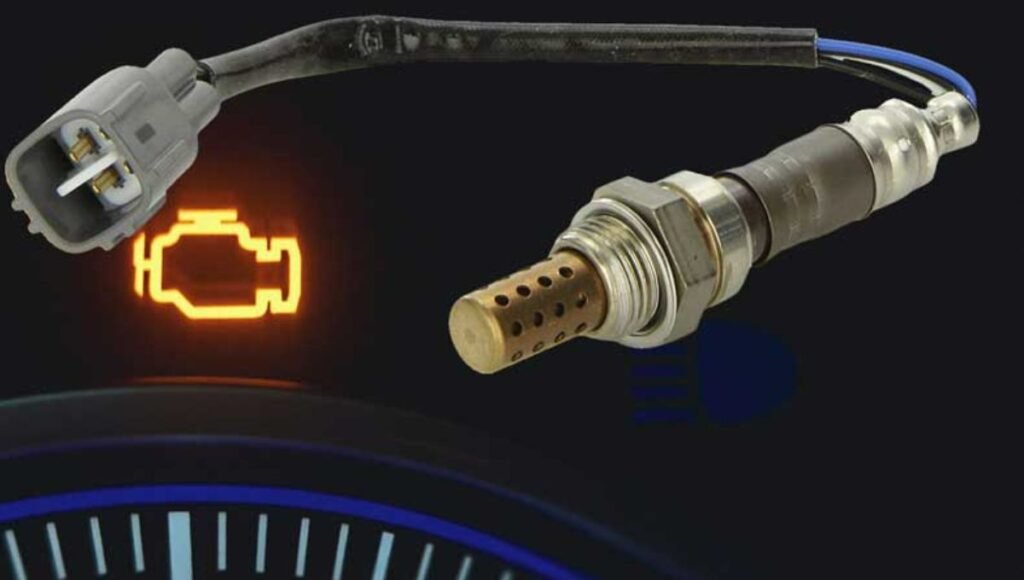
Distinguishing Between Battery-Related and Sensor-Specific Issues:
Accurately identifying whether an O2 sensor issue is due to battery problems or a specific sensor malfunction requires careful diagnostics.
Battery-related issues often cause erratic sensor behavior, while sensor-specific problems might involve physical defects or issues with wiring.
Effective troubleshooting involves analyzing symptoms and using diagnostic tools to pinpoint the correct issue.
Common Misconceptions About Battery and O2 Sensor Relationships
One prevalent misconception is that any O2 sensor error code automatically points to a failing battery. While a weak battery can indeed affect sensor performance, other factors such as sensor wear, contamination, or wiring issues can also lead to problems.
Understanding the true nature of these relationships is essential for accurate diagnosis and repair.
FAQ’s
1. Can a bad battery trigger O2 sensor error codes?
Yes, a failing battery can cause voltage drops, leading to erroneous readings from the O2 sensor and triggering error codes.
2. What are common signs of a failing battery affecting the O2 sensor?
Symptoms include difficulty starting the engine, dim headlights, and erratic electrical behavior, which may suggest unstable power affecting the O2 sensor.
3. How can I differentiate between battery issues and O2 sensor malfunctions?
Battery issues typically cause voltage-related error codes and erratic sensor performance, while sensor malfunctions usually involve physical defects or wiring problems.
4. What diagnostic tools are used for checking O2 sensor and battery health?
An OBD-II scanner reads trouble codes for the O2 sensor, while a multimeter or battery tester assesses battery voltage and health.
5. When should I replace my car battery to avoid affecting the O2 sensor?
Replace your battery every three to five years or if you notice signs of deterioration such as difficulty starting the engine or voltage drops to prevent potential issues with the O2 sensor.
Conclusion:
In conclusion, a failing battery can indeed affect O2 sensor performance by causing voltage fluctuations that lead to erroneous error codes. Maintaining a stable power supply is crucial for accurate sensor readings and optimal engine performance. Regular battery checks and timely replacement are essential to prevent sensor issues and ensure your vehicle operates efficiently and reliably.
Don’t Forget to Read:
- How a Car Battery Can Affect Your Immobilizer System – Fix Issues Fast!
- Why the Battery Light Stays On When Ignition Is Off in Silverado – Here’s Why!
- When a Car Battery Tests Good but Still Fails – A Common Reason!
- What Gauge Wire to Connect 12V Batteries in Parallel – Complete Guide!
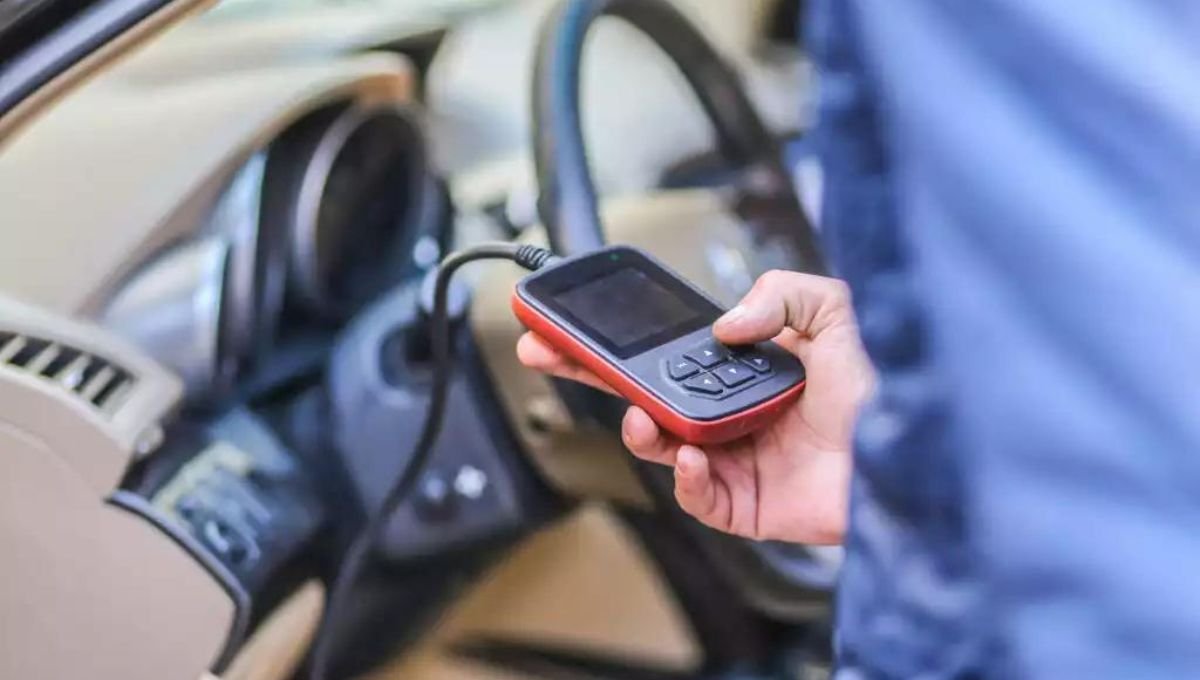

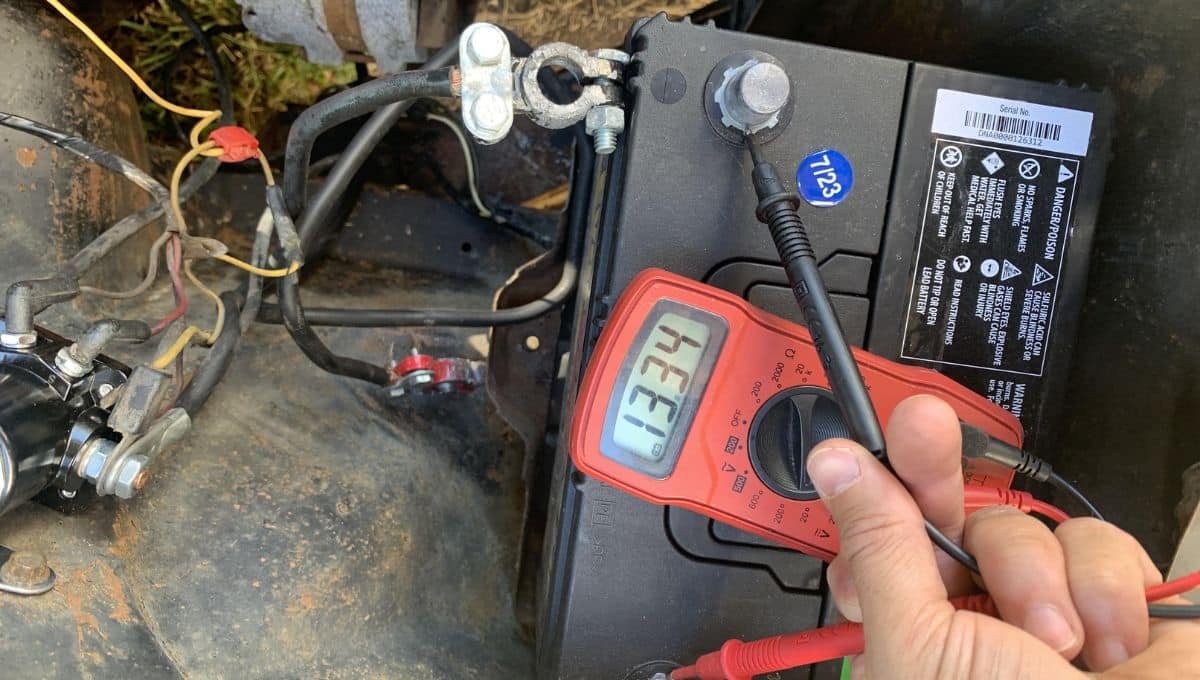


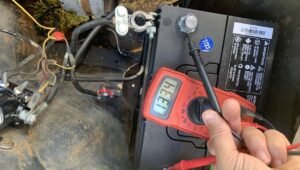








Post Comment